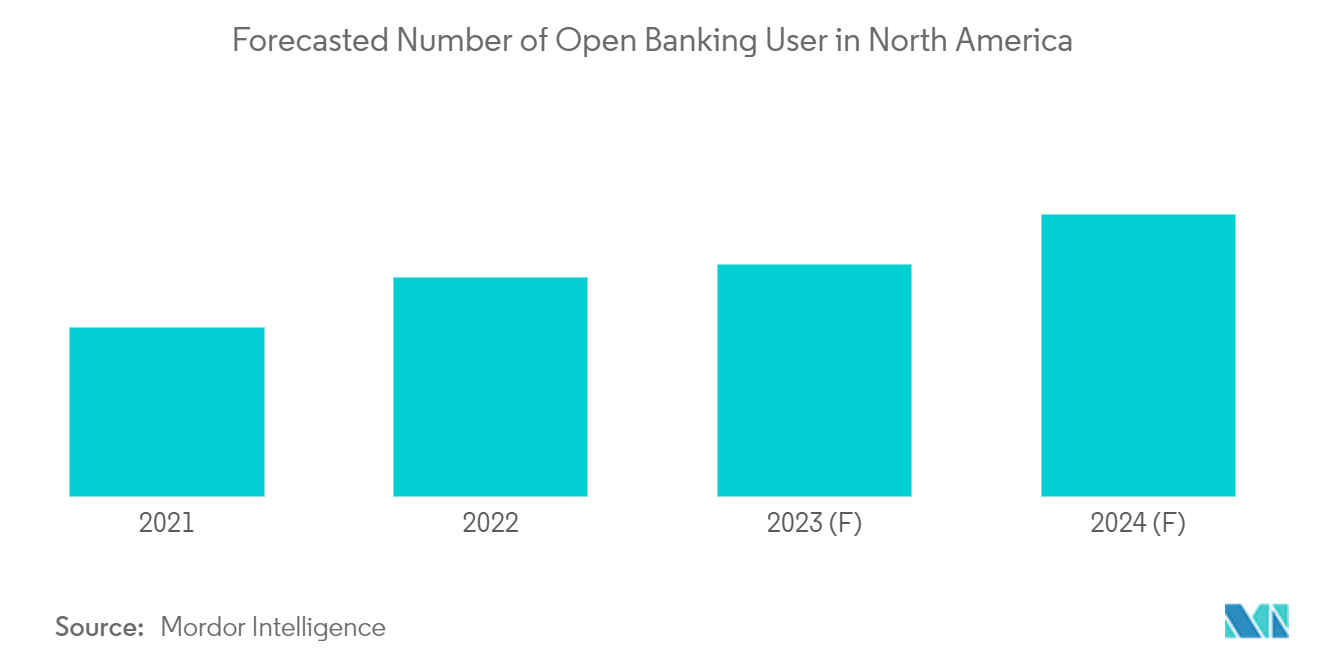Market Trends of US Commercial Banking Industry
Increased Digitalization in the Commercial Banking
Digital transformation is well underway in commercial banking, and IT leaders in the sector anticipate that the strategic value of digital innovation will grow significantly over the next couple of years. Although cash digitization and digital financial services have evolved to meet consumer needs, it can be difficult for some providers to keep up with the fluidity of digital commerce and fast-paced innovation.
For instance, Citi has unveiled the launch of CitiDirect®, a new digital platform designed to meet the needs of its commercial banking clients. This initiative is part of a larger strategic investment strategy to meet the increasing global demands of these customers by providing a unified digital platform. The platform is currently available in the United States, with more than two-thirds of the company's U.S client base utilizing it, and the company plans to expand its reach to other markets in Asia in the latter part of 2023, including Hong Kong and Singapore, as well as the United Kingdom.

Use of Open Banking is gradually increasing in United States.
Open banking gives consumers more options and a comprehensive range to help them achieve financial wellness. It gives them better access to faster and more personalized digital platforms that help them monitor their spending, stay on their budget, and reach their financial goals. The timing of open banking is critical as we head into 2022 with increased uncertainty about the economy's future.
Consumer demand for seamlessly connected services has led to the development of a state-of-the-art, open banking environment in the U.S. Open banking allows financial service providers to leverage consumer-consented financial data to provide their customers with more tailored, flexible, and creative experiences. This value proposition resonates strongly with consumers in the United States – 87% of U.S. consumers use open banking. Consumers commonly connect their bank, investment, and loan accounts to multiple financial applications that provide payment, personal finance, BNPL, and more.
Bank apps dominate customer financial services interactions, with 76% of consumers connecting their financial accounts to an app for sending or receiving payments, second only to payment applications at 68%.


